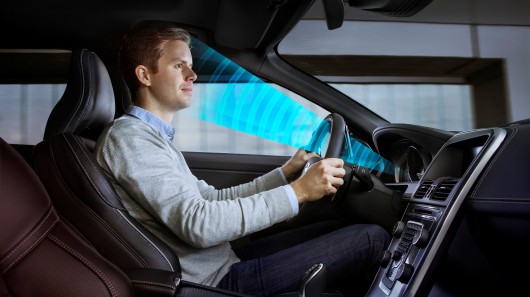Back in the days of white and black newsreels, an inventor developed a bell on a collar that rang whenever a motorist wearing it nodded off. Since this is the twenty-first century, Volvo is developing a high-tech version of the gadget. It uses face recognition technology to let an automobile know once the driver is tired or inattentive, so appropriate action can be taken.
In the past couple of years, assisted driving technology has moved out of the laboratory and into the showroom. You can find cars now that can help you park, stop you from making dangerous lane changes, and even apply the brakes in an emergency. However, all these aids are just that; aids. They operate on the assumption that the driver is awake and alert. Even the most advanced systems depend on the driver being able to take over the controls at some point, so how is definitely the car to learn that the person behind the wheel isn’t taking a nap?
Instead of a bell that rings when the sleepy driver’s chin hits it, Volvo’s approach relies on sensors installed in the dashboard. Called Driver State Estimation, this consists of small LED lamps that shine invisible infrared light on the driver’s face. When the driver is awake and alert by measuring such factors as how wide open the eyes are, along with the position and angle of the head, Sensors grab the reflected light, along with the system uses face recognition technology to ascertain.
Volvo Driver State Estimation uses face-tracking to determine where the driver looks
Based on this, the car can take appropriate action using driver assist functions, such as Lane Keeping Aid, collision warning with full auto brake, and Adaptive Cruise Control with Queue Assist to help keep the vehicle from straying into danger or to send the motorist a wake-up alert.
If a driver is not paying attention, safety systems can be adapted more effectively, “Since the car will be able to detect. If the driver is focused, and earlier in the event the driver’s attention is directed elsewhere,” says Per Landfors, engineer at Volvo project and Cars leader for driver support functions, for instance, the car’s support systems can be activated later on.
Volvo Driver State Estimation uses face recognition technology to find out how alert the …
Volvo also sees this face recognition technology as a way to unobtrusively personalize the car by letting it automatically recognize the driver and adjust the cockpit and seat settings, along with using face tracking to alter interior and exterior lighting based on which way the operator is looking.
“This could be carried out by the sensor measuring between different points on the face to identify the motorist, for example. Simultaneously, however, it is very important remember compared to car doesn’t save any pictures and nor can it have a driver surveillance function,” says Landfors.
Source: Volvo

